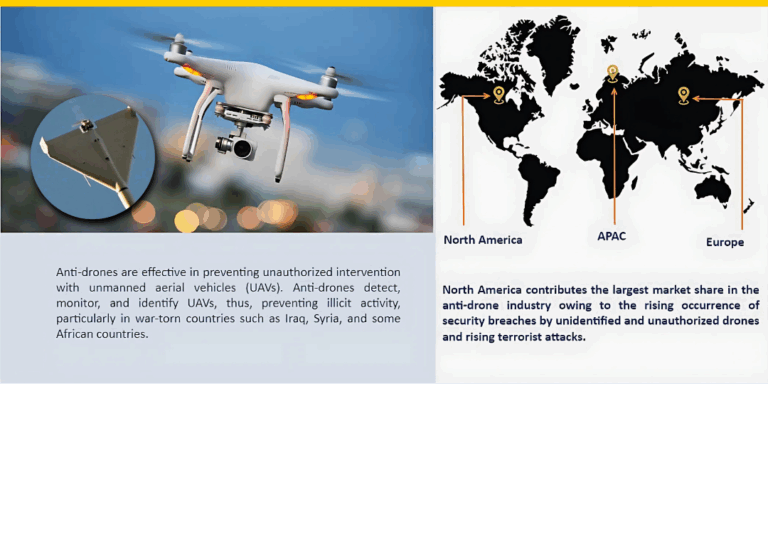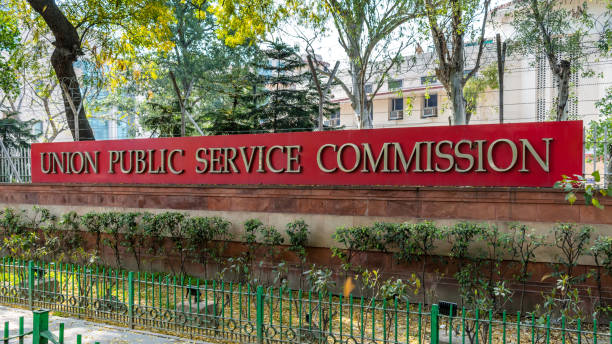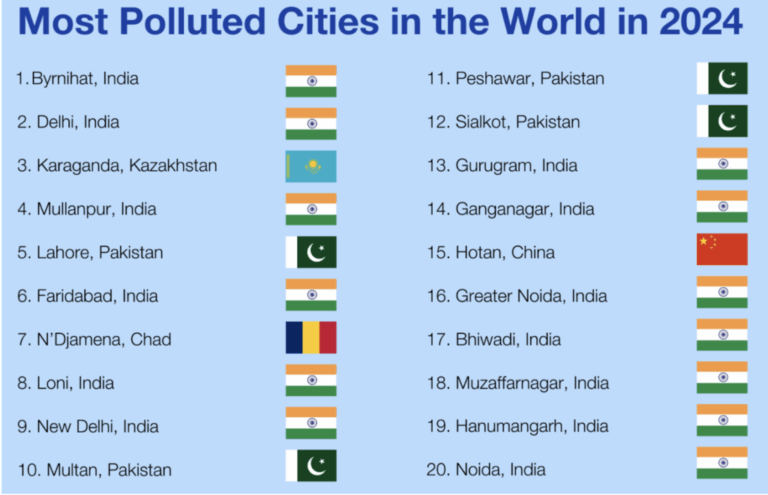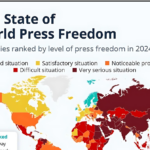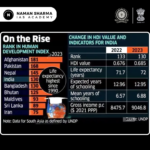India’s rising e-waste, the need to recast its management
India’s rising e-waste is becoming a major environmental concern. With increasing electronic consumption, effective e-waste management is crucial to protect public health and the environment.
India, now among the top global generators of electronic waste (e-waste), faces a critical challenge in managing the growing volume of obsolete electronic devices. India’s digital revolution is redefining its development trajectory, propelling the nation towards its vision of Viksit Bharat, a developed India.
From smartphones and laptops to sophisticated industrial and medical technologies, digital infrastructure has become the cornerstone of economic growth, social inclusion, and innovation..

Rising E-Waste
- E-waste refers to the discarded electronic and electrical devices that have reached the end of their lifespan or become obsolete due to rapid technological changes, including computers, phones, TVs, and other equipment.
- India ranks as the third-largest producer of electronic waste globally, following China and the United States.
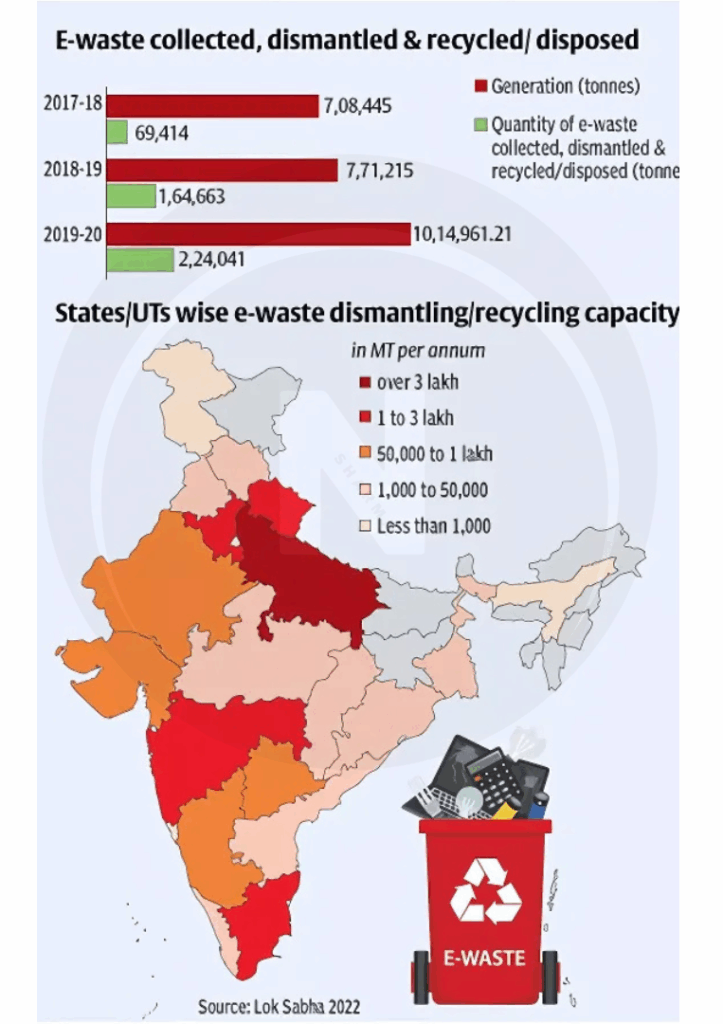
- India’s e-waste increased by 151% in six years — from 7.08 lakh metric tonnes in 2017–18 to 17.78 lakh metric tonnes in 2023–24. The annual increase now stands at 1.69 lakh metric tonnes.
- These figures position India alongside global e-waste giants such as China, the United States, Japan, and Germany. As the digital ecosystem deepens, India must balance its technological advancement with robust environmental safeguards.
Consequences of Poor E-Waste Management
- Environmental Hazards: Toxic substances such as cyanide and sulphuric acid pollute water, while lead fumes, open coal burning, and plastic incineration damage air and soil. These practices degrade soil and threaten ecosystems.
- Water Pollution: Toxic discharge from cyanide and sulphuric acid affects water bodies.
- Air Pollution: Emissions from lead fumes and plastic burning are severe.
- Soil Contamination: Hazardous substances leach into the soil, damaging agriculture and biodiversity.
- Social Impact on Informal Workers: Informal recycling is done mainly by women and children. Their exposure to toxic materials reduces life expectancy to under 27 years. The estimated annual social loss from such practices exceeds $20 billion.
- Economic Losses from Informal Sector: India loses ₹80,000 crore annually in critical metals due to crude extraction methods. Another $20 billion is lost in tax revenue because most informal recycling remains unrecorded and cash-based.
- Environmentally, India suffers losses exceeding $10 billion annually due to pollution from harmful substances such as cyanide, sulphuric acid, and lead. Socially, the unregulated and often illegal recycling sector, dominated by informal workers, including women and children, incurs a human cost, with average lifespans of these workers plummeting below 27 years due to toxic exposure.
Challenges in E-Waste Management
- Lack of Consumer Incentives: Consumers lack economic or logistical incentives to dispose of e-waste responsibly.
- Sparse Collection Infrastructure: There is a dearth of authorised collection centres, especially in Tier-II and Tier-III cities. Informal scrap dealers remain the primary point of contact for most consumers. Over 90–95% of e-waste is handled by the informal sector, which uses crude methods such as acid leaching, open burning, and manual dismantling without protective gear.
- Grey Channel Imports: Used electronic goods often enter India under the guise of “donations” or “refurbished items,” which eventually become waste.
E-Waste Management Framework
- Extended Producer Responsibility (EPR): Producers, importers, and brand owners are made responsible for managing their products’ end-of-life waste. An online EPR E-Waste portal has been developed by the Central Pollution Control Board (CPCB) where entities such as producers, manufacturers, recyclers, and refurbishers of the e-waste are required to be registered.
- The Ministry of Environment, Forest and Climate Change has comprehensively revised the E-Waste (Management) Rules, 2016 and notified the E-Waste (Management) Rules, 2022.
- India’s first e-waste clinic was inaugurated in Bhopal, Madhya Pradesh. It’s a facility for segregating, processing, and disposing of e-waste from both households and commercial units.
- To address these systemic issues, the E-waste (Management) Rules, 2022, introduced a floor price for EPR certificates.
- This policy innovation ensures fair compensation for registered recyclers, reducing the economic appeal of informal and unsafe recycling practices, which currently process 95% of India’s e-waste. Stable pricing mechanisms incentivise investment in advanced, environmentally sound recycling technologies that can extract valuable materials like gold and copper, thereby supporting a circular economy. This economic intervention has substantial environmental benefits.
- Recyclers, now assured of minimum compensation, are encouraged to prioritise material recovery over hazardous disposal. This reduces the flow of toxins into soil and water systems, transforming e-waste from a pollutant into a valuable resource. By aligning EPR certificate pricing with global standards, India can develop a market that rewards compliance, innovation, and environmental stewardship.
Countering Concerns and Driving Innovation
- Addressing Cost Criticism: Some argue that floor pricing may raise product prices. But the cost of inaction-pollution, health crises, and lost materials is far greater than the minor impact on consumer pricing.
- Encouraging Sustainable Product Design: Producers can reduce costs by designing longer-lasting, recyclable products. Globally, EPR fees are higher than India’s floor price, aligning with best practices.
- Learning from Plastic Sector Failure: The plastic sector’s underpricing led to fake recyclers and loss of trust. Floor pricing prevents such risks in e-waste and supports real innovation.
National Vision
- Linking Economy and Ecology: Weak pricing harms rivers, soil, crops, and communities. Fair valuation of recycling can reverse damage and promote responsible practices.
- Formalising the Sector for Future Growth: A stable price can transform e-waste into a national resource. It allows India to build infrastructure, ensure compliance, and lead global sustainability efforts.
Balancing Costs and Long-Term Gains
- Critics of EPR floor pricing argue that it may raise production costs and, consequently, consumer prices. While this concern is valid, it overlooks the broader and more pressing costs of inaction: environmental degradation, public health crises, and squandered economic resources.
- Producers can mitigate these costs by embracing eco-design and product durability, central goals of the EPR framework. Lessons from the plastic industry, where under-pricing led to rampant non-compliance and sham recyclers, serve as a cautionary tale. In contrast, adequate floor pricing can catalyse innovation and build trust in the recycling ecosystem.
Toward a Visionary Recycling Framework
- The implications of EPR pricing transcend economic policy. Insufficient pricing threatens natural resources, agricultural safety, and public health. By valuing formal recycling, India can build a responsible, technologically advanced e-waste management infrastructure that ensures both environmental and economic sustainability. The introduction of floor pricing is not merely a financial tool; it is a strategic foundation for India’s leadership in global sustainability efforts.
- As India witnesses a 73% increase in e-waste over just five years, the urgency for action is clear. A well-calibrated EPR pricing system can create a virtuous cycle: empowering formal recyclers, discouraging informal practices, supporting innovation, and protecting the environment.
Conclusion
- The explosive growth in electronic waste demands systemic interventions that combine regulation, economic incentives, and innovation. India’s digital ascent must be matched by environmental responsibility. Extended Producer Responsibility and a stable floor price for recycling certificates offer a transformative solution.
- As India aspires to become a global sustainability leader, these measures will be critical in ensuring that the journey toward Viksit Bharat is not only technologically advanced but also environmentally conscious and socially just.
PRELIMS PRACTICE QUESTION
Question: Regarding India’s evolving e-waste management policy, consider the following statements:
- The introduction of a floor price for EPR certificates aims to subsidise e-waste collection primarily in Tier-I cities where electronic consumption is highest.
- EPR under the E-Waste (Management) Rules, 2022, makes producers responsible for managing the entire lifecycle of their products, including collection and environmentally sound disposal.
- Informal recyclers in India contribute to the majority of e-waste recycling but lack access to EPR certificate benefits due to their unregistered status.
- The EPR certificate system is intended to curb grey-channel imports by mandating customs registration for refurbished goods.
Which of the above statements is/are correct?
A. 2 and 3 only
B. 1, 3, and 4 only
C. 2, 3, and 4 only
D. 1 and 2 only
Correct Answer: A
Explanation:
- Statement 1 is incorrect:
- The floor price is not restricted to Tier-I cities; it is meant to strengthen the formal recycling economy nationwide.
- Statement 2 is correct:
- EPR mandates producers to manage the end-of-life of their products responsibly.
- Statement 3 is correct:
- Over 90–95% of e-waste is processed by informal recyclers who are not integrated into the formal EPR framework.
- Statement 4 is incorrect:
- The EPR certificate system is not directly linked to customs control or grey-channel imports.
MAINS PRACTICE QUESTION
Question: Critically examine the efficacy of the E-Waste (Management) Rules, 2022, including the role of Extended Producer Responsibility (EPR) and floor pricing in balancing environmental sustainability with economic growth. Suggest measures to bridge the gap between policy and practice. (250 words ,15 Marks)

